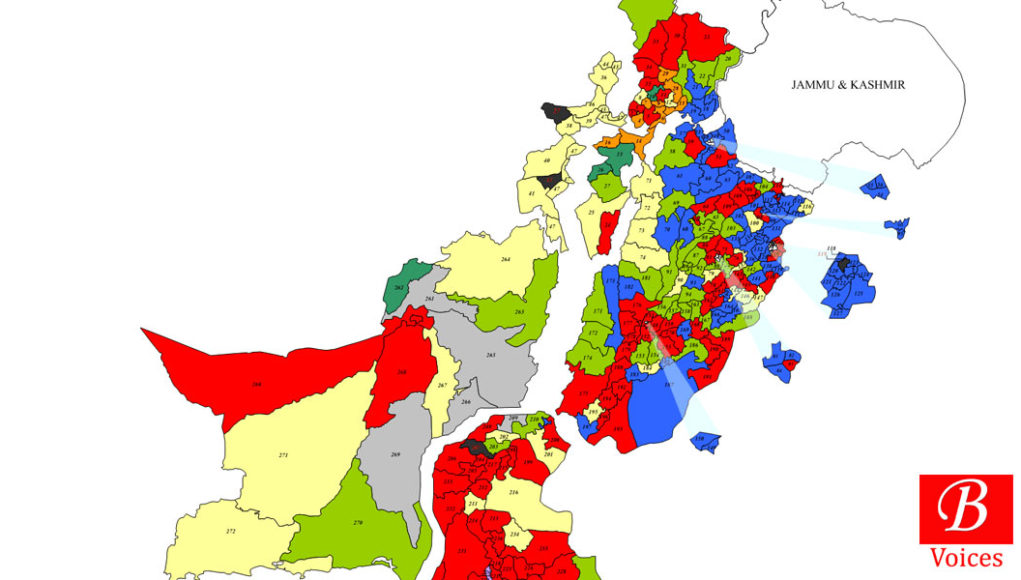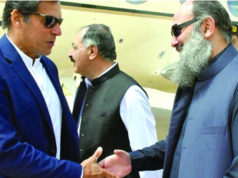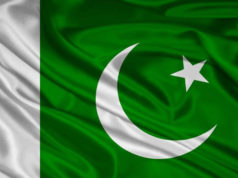 Dawood Khan
Dawood Khan
Someone who was born and spent 28 years of his life within the territory of NA-260, Quetta-Nushki-Chagai, has not seen at least 70% of the area in the constituency. It would not be an exaggeration to claim that at least 95% population of the constituency has not seen 50% area of the constituency.
NA-260 comprises of 60,000 square kilometer area starting from Kuchlakh (Sub-Tehsil of Quetta) passing through district Nushki and till Taftan (District Chagai) which is 632 kilometer distance. Bordering with two countries Afghanistan and Iran the constituency also hosts Saindak gold & copper project, Rekodiq gold mines, vast reserves of marble and Iron along with several other minerals. Can a single member represent the issues of such a large area in lower house of the parliament?
NA-260 is not the only constituency in Balochistan with such issue there are two constituencies, NA-260 and NA-271, in Balochistan which cover around 120,000 square kilometer area or 15% area of Pakistan. These two constituencies cover six districts including Chagai, Nushki, Kharan, Washuk, Panjgur and a good part of Quetta. Situation in other constituencies of Balochistan is not very different from this. Canvassing in such large constituencies is not possible for candidates as well as for political parties and it is even not possible for candidates to reach the constituents in the limited amount of Rs. 1.5 million allowed election expenses.
There is dire need for delimitation of electoral constituencies in Pakistan. Currently there are 272 constituencies in Pakistan out of which Balochistan’s share is only 14 seats despite comprising of 44% area of Pakistan. Reason behind such low number of seats for Balochistan is allocation of seats on the basis of population only.
There are 32 districts and 14 constituencies in Balochistan. 14 districts have members in the lower house leaving behind 18 districts with no members
Winning candidates in multiple district constituencies are not approachable to the residents of the other districts in that constituency. After passing of three years, MNA of NA-260 has never visited district Nushki and Chagai as he knows his voters are residing in Quetta. There are 32 districts and 14 constituencies in Balochistan which means 14 districts have members in the lower house leaving behind 18 districts with no member in lower house and hence residents of 18 districts have no say in the lower house of the parliament.
There are examples in other countries where there is special concession for low density population areas or mountain areas. Take the example of Nepal where special concession is there for mountain and hilly districts; in mountain constituencies number of registered voter is 5 to 10 times lower than those of plane areas where population density is very high. Other examples include those of several Caribbean countries as well as Kenya, Mauritius and Papua New Guinea identifies this as a factor to take into account when delimiting constituencies. In Malaysia, the Election Commission is required to weight sparsely populated rural constituencies in a manner to guarantee their over-representation in the legislature.
In Nepal, number of registered voters is 5 to 10 times lower in low-population density constituencies as compared to plane areas constituencies where population density is very high
There are several ways to counter this very basic issue of Balochistan, which would also decrease the sense of deprivation in Balochistan which is prevailing since very long.
First, each district of Balochistan should be allotted a seat in order to ensure their participation in electoral system. This model is in discussion in Nepal to allocate seats on basis of population and all those districts with below average population will be given a seat. This will also bring confidence in people of Balochistan which are under threat of converting into minority after mass migration in Gwadar.
Second, geography should be given certain weightage along with population. For Example, one square kilometer is equal to 10 or 15 votes. This formula will also counter the future threat of outnumbering of rest of country by few metropolitan cities including Karachi, Lahore, Faisalabad, Rawalpindi, Hyderabad, Peshawar and Multan.
Third, there should not be any constituency with less than 100 square kilometer area or so. This formula will bring electoral confidence in people of interior Sindh and South Punjab. If census to be conducted today Karachi will hold half of the seats of Sindh and South Punjab is already neglected because of its low number of seats.
And fourth, there should be an upper limit of geographical area for a constituency and it should not be more than 18,000 or 20,000 square kilometer.
Without resolving the delimitation issues democracy cannot flourish in any part of the world.
Writer is a Human Rights Activist. He tweets at @_dawoodkhan
Share your comments!








